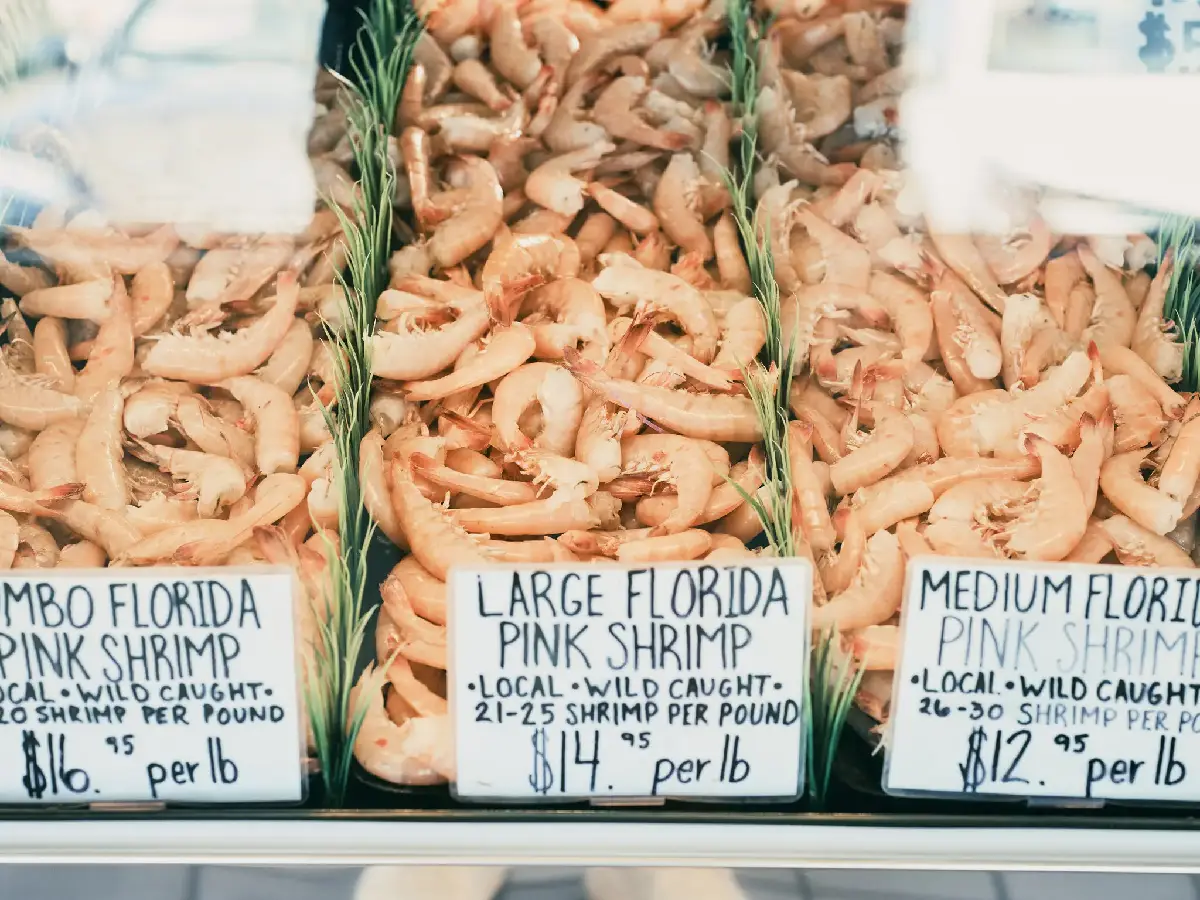## U.S. Shrimpers Find Hope in New Tariffs
In recent years, the U.S. shrimp industry, ranging from Florida to Louisiana, has faced intense competition from imported farm-raised shrimp, which often comes with a lower price tag. However, a wave of optimism is spreading through the American shrimping community thanks to the introduction of new tariffs on these imports. This shift in regulation could mark a turning point for local shrimpers who are fighting to sustain their livelihoods and preserve a cherished tradition.
### The Plight of the American Shrimper
For decades, shrimping has been more than just a job in many coastal communities; it’s a way of life. Generations of families have harvested the waters of the Gulf Coast, passing down knowledge and passion for this demanding trade. Unfortunately, the advent of cheaper, farm-raised shrimp from abroad has severely impacted the profitability and viability of domestic shrimping operations.
The struggle has been multifaceted. Imported shrimps, often produced in massive quantities under less stringent environmental and labor regulations, can drastically undercut the prices set by local fishers. This price disparity has made it difficult for American shrimpers to compete in the market, leading to economic strain and, in some cases, the cessation of family-run enterprises that have lasted for generations.
### A Glimmer of Hope with New Tariffs
The recent introduction of tariffs on imported shrimp aims to level the playing field. By imposing additional costs on foreign products, the tariffs make U.S.-caught shrimp more competitively priced. This change is not just about economics; it’s also about acknowledging and protecting the cultural heritage of regions where shrimping is a historical practice.
Local shrimpers have expressed a hopeful outlook following the tariff announcement. Many believe that these measures will help stabilize the market and provide them with a fair chance to compete against international producers. The overarching goal is to rejuvenate the domestic shrimp industry, securing jobs and continuing traditions that are integral to many coastal towns.
### The Impact on Consumers and the Economy
While the primary aim of the tariffs is to protect domestic industry, the implications extend to consumers and the broader economy. Consumers are likely to experience some changes, primarily through adjustments in shrimp pricing. However, supporting domestic shrimp production has its perks, including fresher produce and the assurance of stringent health and safety regulations observed in U.S. shrimping practices.
Economically, bolstering the local shrimp industry could lead to job creation not only on the boats and in the processing facilities but also in ancillary industries such as equipment manufacturing, retail, and hospitality. These jobs are vital for the economic stability of shrimping towns and can contribute significantly to local and national economies.
### Looking Forward
The introduction of tariffs is just the first step in a long journey toward revitalizing the U.S. shrimp industry. Continued support from policy-makers and consumers alike will be crucial. Buying locally sourced shrimp, promoting sustainable practices, and advocating for fair trade policies are all actions that can help ensure the longevity and success of America’s shrimping heritage.
As the industry adjusts to these new challenges and opportunities, the resilience and determination of American shrimpers will undoubtedly be at the forefront of their fight to reclaim a significant presence in the seafood market. With hope renewed, the future looks brighter for these hardworking individuals dedicated to keeping their traditions alive in the face of globalization.










